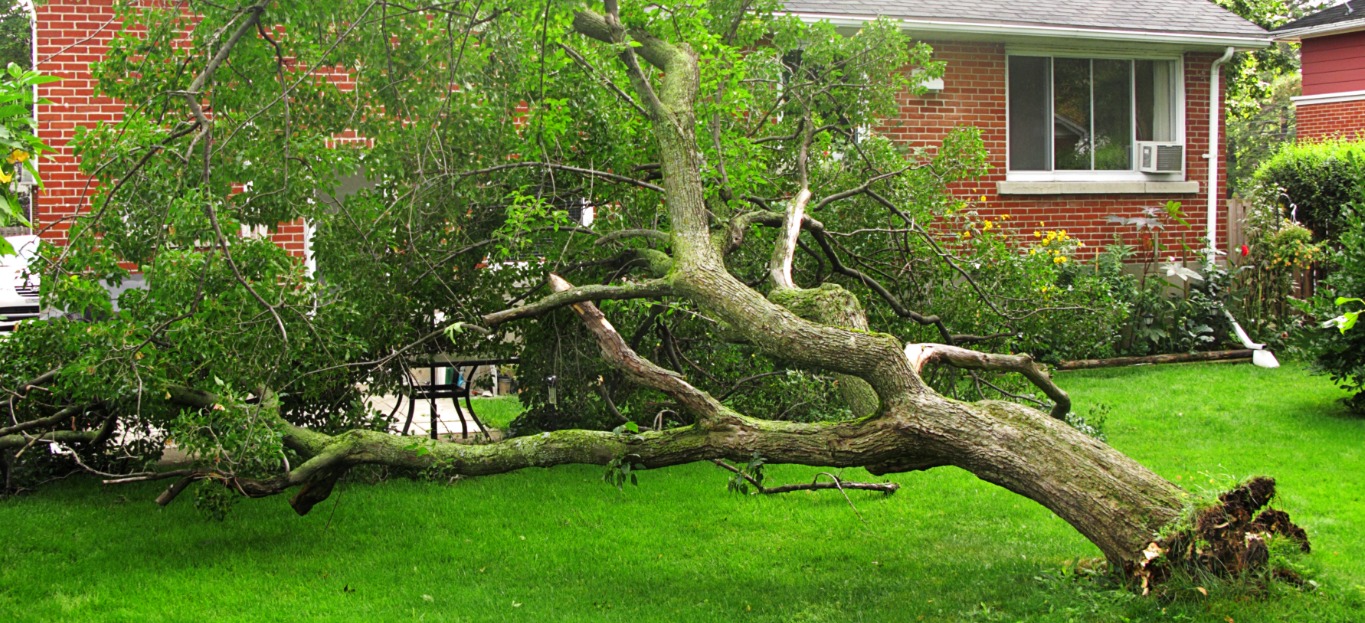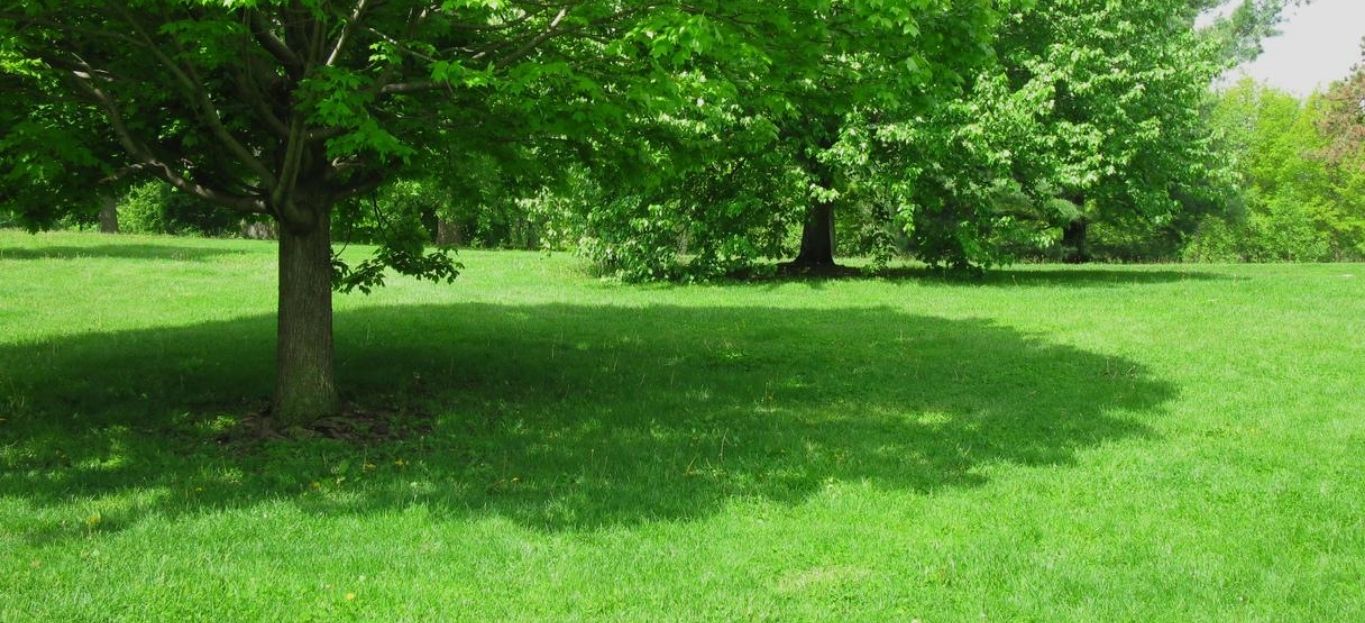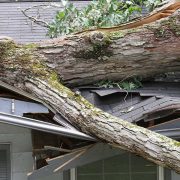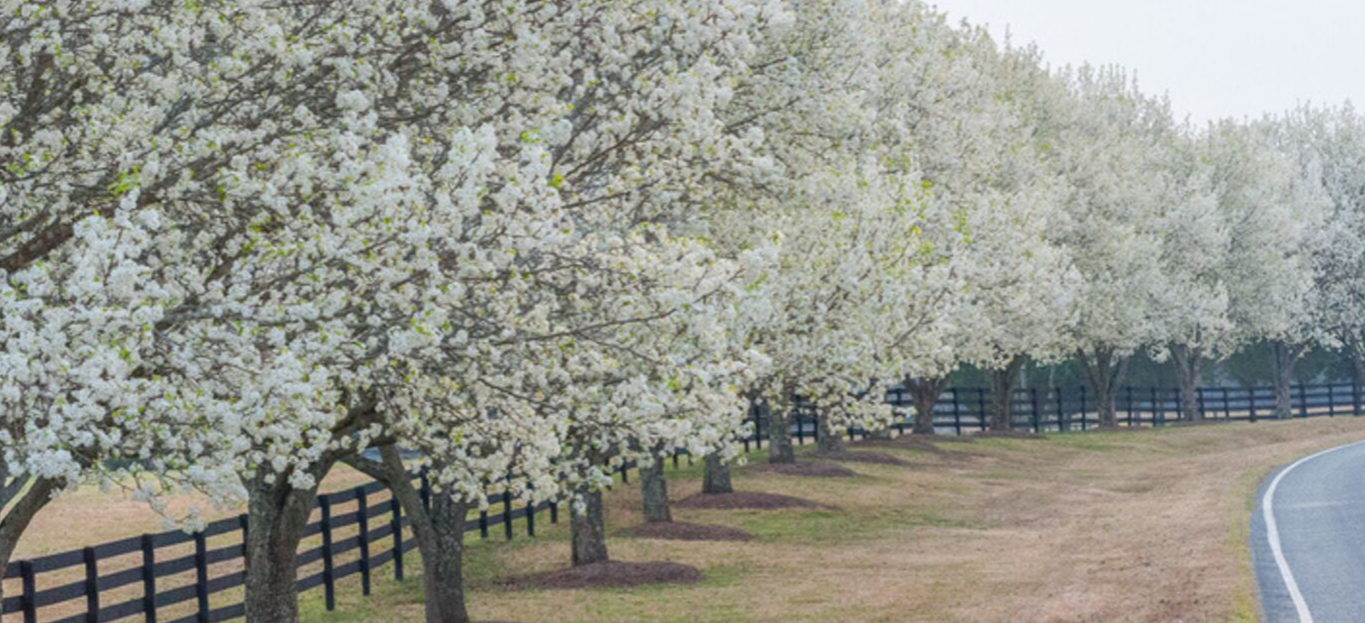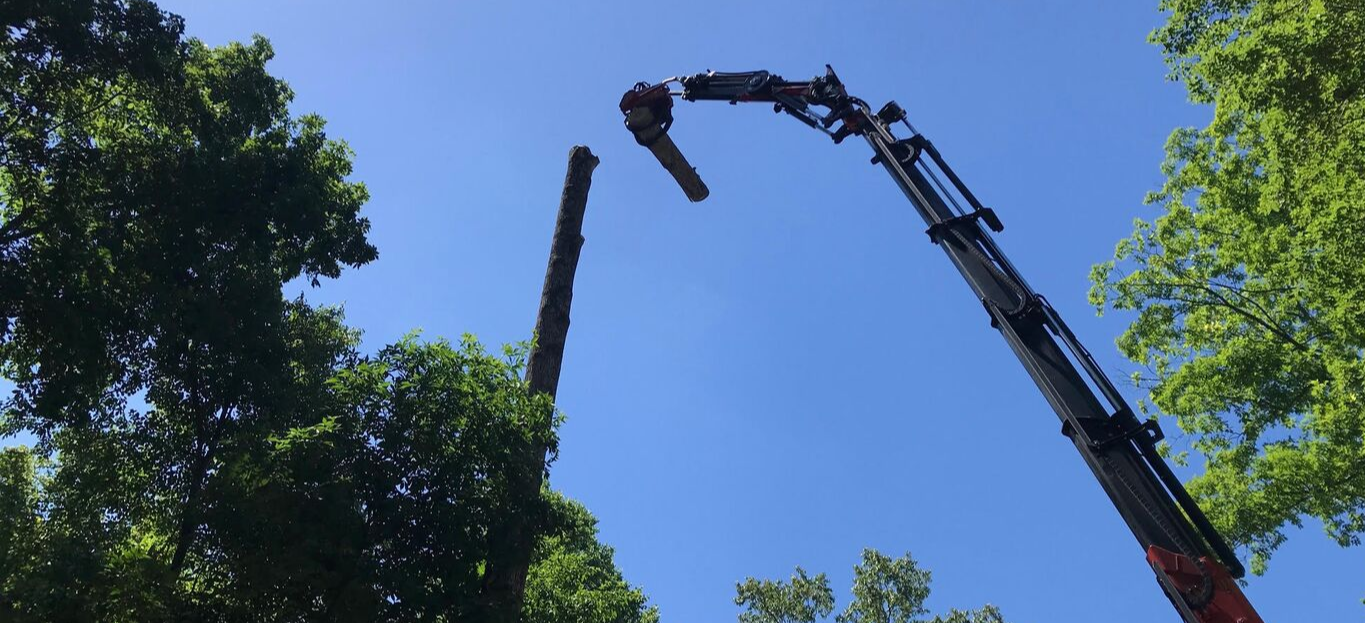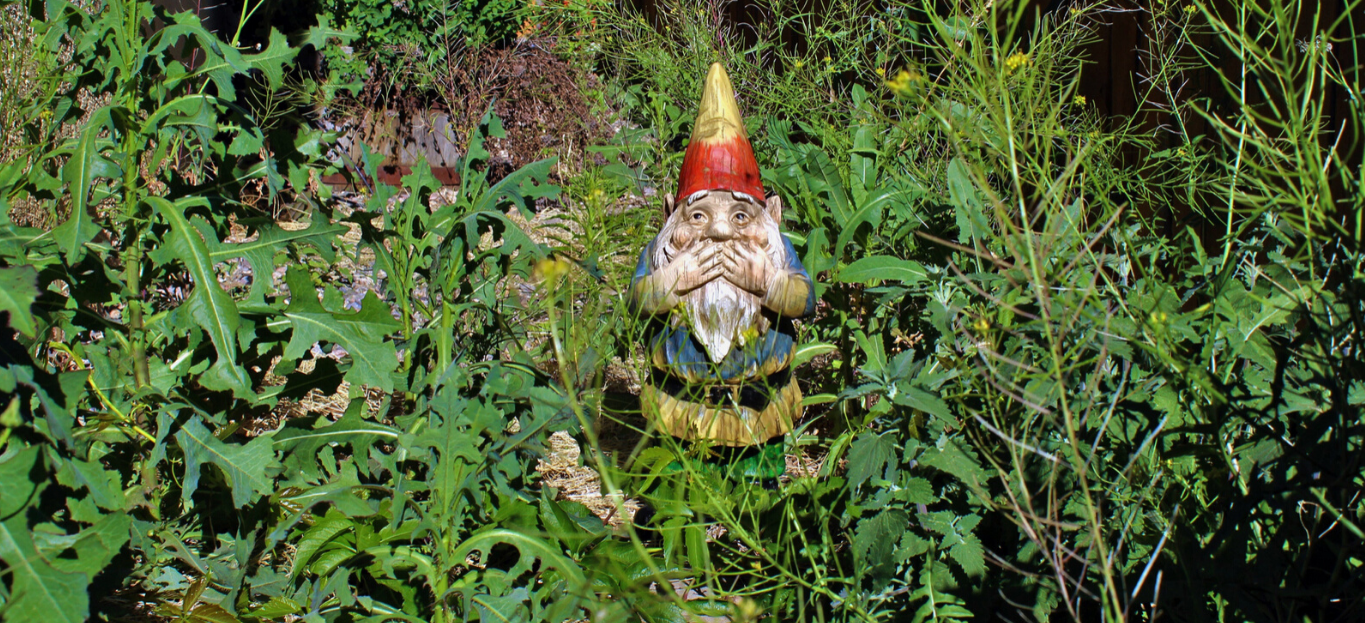What to Expect When You’re Expecting (A Tree to Fall)
Trees are a perfect addition to any space. They clean the air, provide us with extra oxygen, and even add value (and a little pizzazz) to our homes! Unfortunately, trees can also be a huge hassle when they’re about to fall – sometimes toppling unexpectedly, giving you no advance warning. Luckily, trees that are about to tip over do display a few signs that are easy to spot if you know how to look for them. Check out these common signs that your tree might be readying to go timber.
Keep an Eye on Certain Species
Some trees are much more susceptible to dropping limbs or snapping than others. These include willows, silver maple, box elders, oaks, and sycamores. While any tree can drop a limb, these species may be brittle or subject to summer limb drop, which is when hot temperatures cause them to cast off branches. Keep an extra close eye on these species.
Look for Leans
It is natural for a tree to lean, but when it goes too far, it is more likely to fall. This is especially true when severe weather hits, but a fall can happen any time the tree can no longer support its weight at the unstable angle.
Scan for Splits and Breaks
Split or cracked bark and partially broken limbs are sure signs that your tree is unstable. Particularly when the split or break occurs near the base of the tree, it is in danger of falling.
Check for Dead Areas
Trees with bare or dead-looking branches that don’t leaf out or branches that seem otherwise sickly may have internal damage that reduces their structural integrity. This may be due to disease, old age, or simply due to damage. If you see dead branches but the rest of the tree looks healthy, your tree may need deadwooding, the process of removing dead, diseased, or dying branches from the tree. If the whole tree appears to be dead or dying, contact Premier Tree Solutions for assistance in removal.
Beware Construction Damage
Construction can take a heavy toll on trees, especially if workers aren’t careful. Digging up the ground around roots can shock the tree, and while it may look normal for a while, it might become unstable. Disturbing soil beneath or around roots can also lessen the tree’s stability, leading to a fall later on.
Now that you know the signs, you can watch your trees to keep your home, family, and property safer. Think you’ve got one that’s ready to go any day? Get professional help by calling Premier Tree Solutions today at 404-252-6448 or get in touch online.

